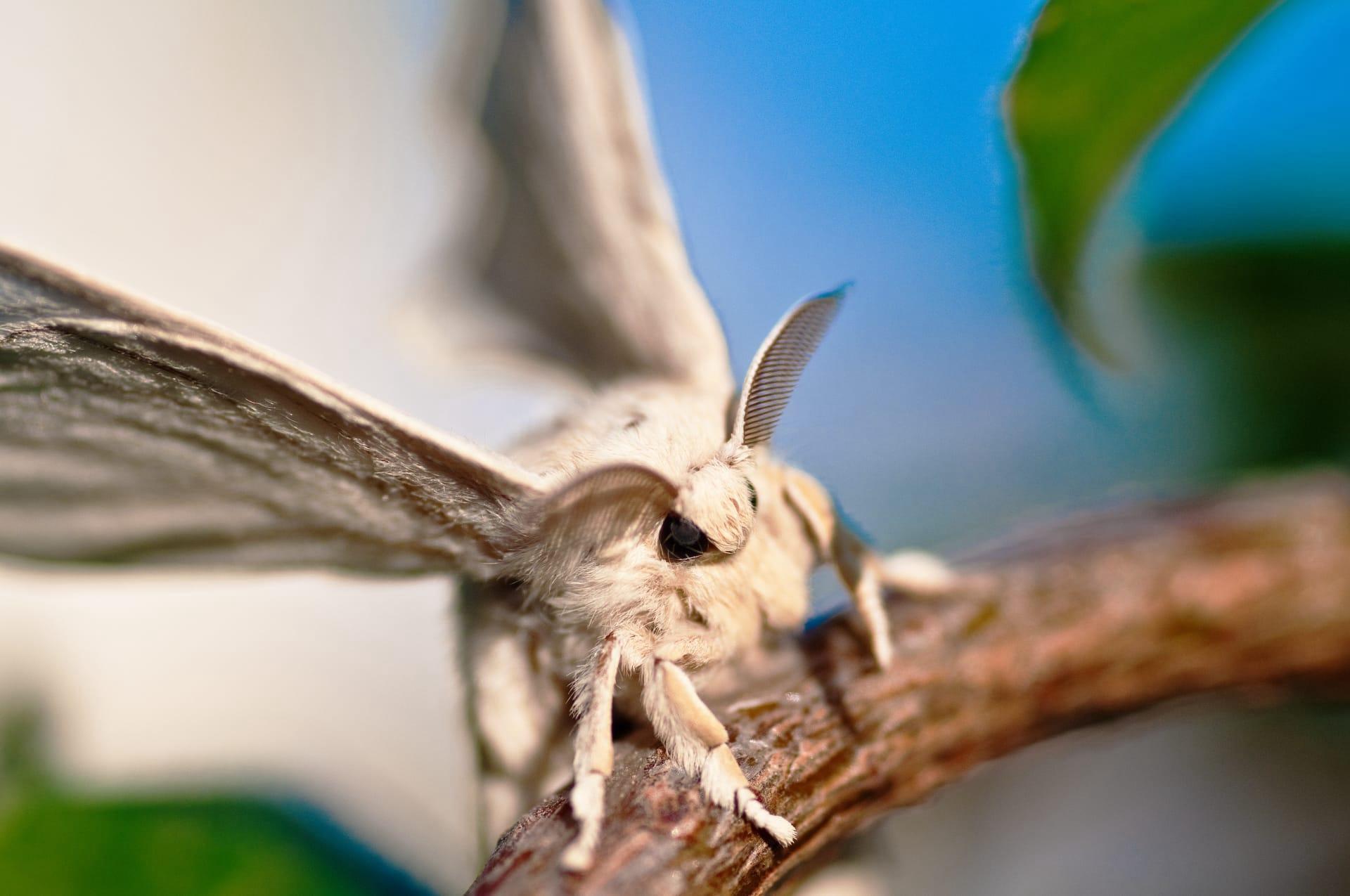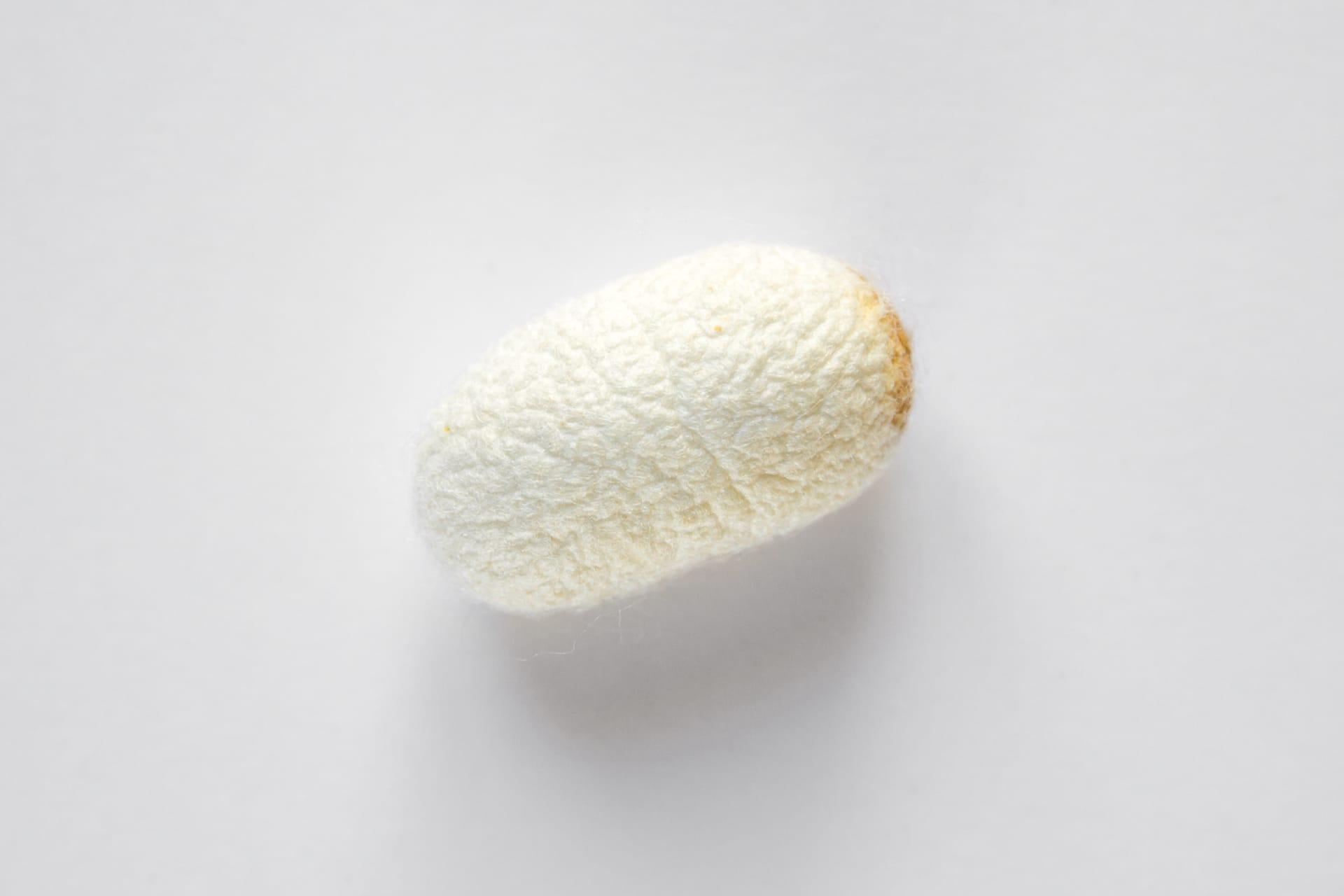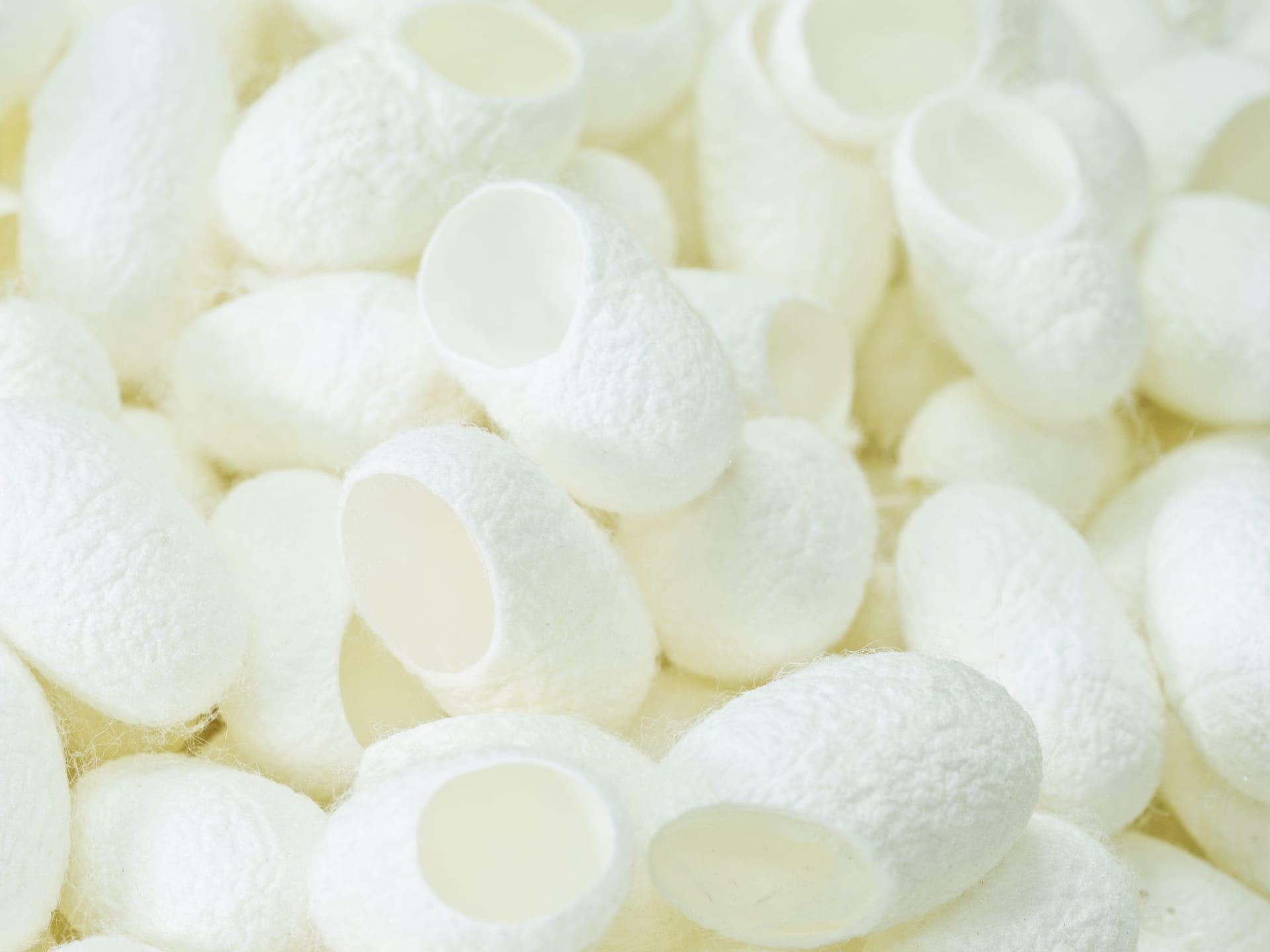Silkworm Moth Characteristics
- Home /
- Mini Encyclopedia /
- Animal /
- Silkworm Moth Characteristics
1
The Silkworm Moth, scientifically known as Bombyx mori, showcases fascinating physical characteristics. Adults typically measure about 2 to 3 inches in wingspan, displaying a subtle, creamy white coloration. Unlike many other moths, they have reduced mouthparts and do not feed, dedicating their brief adult life solely to reproduction. Their lifespan is notably short, with adult moths living for only 5 to 10 days.
One of the Silkworm Moth's most remarkable organs is its silk glands. These specialized structures produce the silk protein, fibroin, which is used to create their cocoons. The glands, when stretched out, can be several times longer than the moth's body. During the larval stage, the silkworm secretes this protein, along with a gum-like sericin, to construct its cocoon – a process that has been harnessed by humans for thousands of years to produce silk.

2
Question: How does the Silkworm Moth contribute to silk production?
Answer: The Silkworm Moth plays a crucial role in the production of silk during its larval stage. As a caterpillar, it feeds primarily on mulberry leaves and continuously produces a silk thread from its silk glands. This thread, which can measure up to 900 meters in length, is carefully unwound to create silk fibers. The quality of silk depends on the health and diet of the silkworm, making their rearing a meticulous process. Once the cocoon is formed, it is boiled, unraveling the silk thread, which is then spun into fabric.

3
Silkworm Moths exhibit limited mobility due to their underdeveloped muscles and reduced mouthparts. As adults, they do not fly and move very little, spending most of their time focusing on mating and laying eggs. Their flightless nature is a result of domestication and selective breeding, which has favored silk production over other traits.
As for their feeding habits, Silkworm Moths in the adult stage do not eat at all. The larvae, however, have a voracious appetite for mulberry leaves, which is their primary source of nutrition. A silkworm can consume an impressive amount of leaves, increasing its body size multiple times before it starts spinning its cocoon.

4
The Silkworm Moth thrives in a controlled, sheltered environment, usually in sericulture facilities. They prefer temperatures between 75°F and 85°F and a humid environment to ensure proper growth and silk production. These moths have been domesticated for thousands of years and are rarely found in the wild.
Reproduction is a key aspect of the Silkworm Moth's life. After emerging from the cocoon, the adult moths mate, and the female lays around 300 to 500 eggs. Interestingly, silkworms are entirely dependent on human care for survival, as they have lost the ability to survive in the wild due to centuries of selective breeding.

5
Book: "Silkworms and Silk" by Sylvia A. Johnson (United States, 1989). This book provides an insightful look into the world of silkworms and the process of silk production. Johnson's narrative is rich with details about the biology of silkworms, their history, and the intricate process of silk making, making it an excellent resource for both students and enthusiasts.
Book: "The Story of Silk: From Worm Spit to Woven Scarves" by Richard Sobol (United States, 2012). Sobol's book takes readers on a journey through the fascinating process of silk production, from the tiny silkworm to the final woven product. It includes vivid photographs and engaging explanations, ideal for those curious about the intersection of nature, culture, and industry.